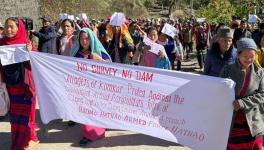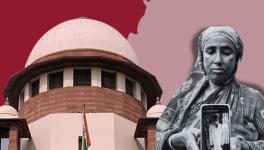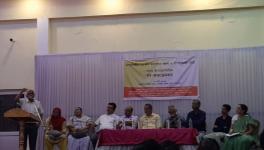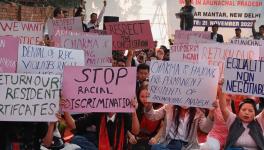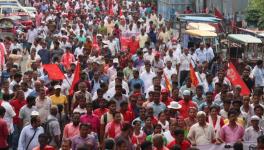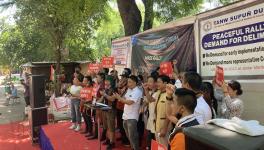The Question of Citizenship: Chakma and Hajong vs State of Arunachal Pradesh
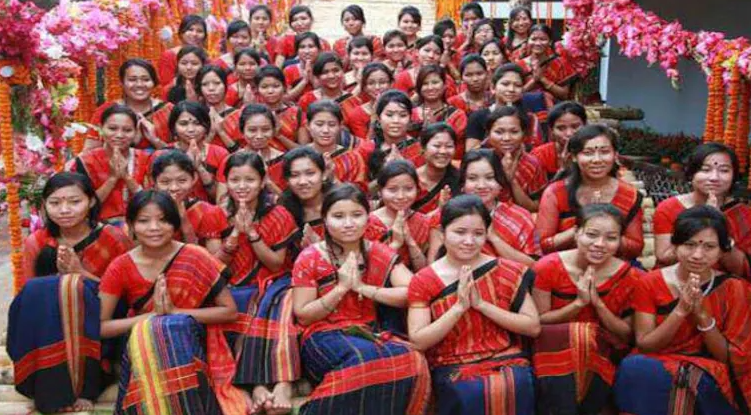
Image Courtesy: India Today
The Chakma and the Hajong were settled in Arunachal Pradesh between 1964-69 by the Indian government. The original population was around five thousand, but at present, it is said to be close to one lakh. Chakmas are primarily adherents of Buddhism, while Hajongs follow customs that are a mix of Hinduism and animism. The two communities are precarious as indigenous communities are demanding their ouster from the state.
Chakmas and Hajongs belonging to Tibeto-Mongoloid race were initially residents of the Chittagong Hill Tracts of erstwhile East Pakistan. They had to flee when the Kaptai dam project submerged their land. These people also faced religious persecution in East Pakistan (now Bangladesh). They entered India through the then Lushai Hills district of Assam (now Mizoram).
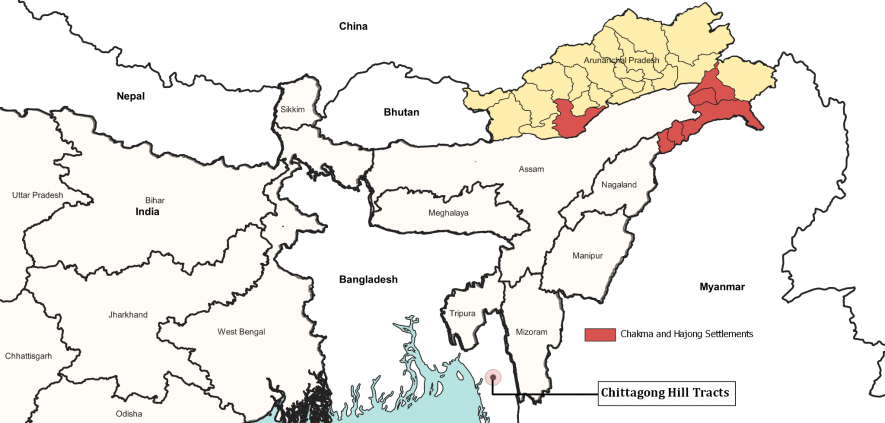
Since the 1990s, the All Arunachal Pradesh Students' Union (AAPSU) has demanded that the state government resettle the Chakmas and the Hajongs somewhere else. AAPSU has spearheaded mass movements against granting citizenship to Chakmas and Hajongs.
AAPSU general secretary, Tobom Dai, defended their stance by saying that “the Bengal Eastern Frontier Regulation (BEFR) of 1873 and Chin Hills Regulation Act of 1896 amply protect the tribals and their rights.” He also mentioned that they are not against Indian citizenship (for Chakmas), it's a union subject, but the refugees cannot be settled here. “We are against their continued presence in our land. The reason is simple but glaring; the demographic impact and the competition for limited resources are already rearing its ugly head,” he told NewsClick.
Dai added that “According to the Bengal Eastern Frontier Regulation Act, 1873, the British framed regulations that restricted the entry and regulated the stay of outsiders in designated areas. For inward travel into any of the ‘Protected’ or ‘Restricted’ areas of some of these states given under the Foreigners (Protected Areas) Order 1958, an official document issued by the government, which is known as the Inner Line Permit, is required. Also, the order prohibits outsiders from acquiring any land in these tribal areas.”
According to Suhas Chakma, Founder of Chakma Development Foundation of India (CDFI), “The Chakmas and Hajongs came from undivided India like thousands of other refugees since the partition of India. The Chakmas and Hajongs were permanently settled by the Union of India, the relevant competent authority of the then NEFA, during 1964-1969. The BEFR provides that the Inner Line Permit has to be issued by the Deputy Commissioner, a servant of the relevant competent authority. Since the employer of the Deputy Commissioner, i.e., Union of India, had governed the permission for their permanent settlement, the BEFR does not apply to those who migrated during 1964-1968. Also mentioning that Inner Line Permit applies to those who are an outsider and seeking to visit the areas that fall under the BEFR, it does not and can never apply to those who are born inside it, i.e., about 95% of the Chakmas and Hajongs are born in NEFA or Arunachal Pradesh. He also mentioned there is no specific law recognising the tribals. Based on these criteria, the Chakmas and Hajongs were recognised as Scheduled Tribes in Assam, Mizoram, Meghalaya, Tripura and West Bengal under the Constitution (Scheduled Tribes) Order, 1950.”
Lastly, he mentioned that the Chakmas and the Hajongs follow peaceful religious practises and live like neighbouring Khamptis, Singphos and other tribes in Arunachal Pradesh. “They do not live in refugee camps but in villages just like all others. They have always lived in peace with their neighbours and have good relations. The Chakma and Hajong issue is nothing but an issue to rake up for political mileage, an ill influence of the anti-foreigner agitation in Assam. If the threat to indigenous peoples was the issue, the focus would have been the control of the marketplace by non-APSTs of Arunachal Pradesh starting from Itanagar '' told NewsClick.
On December 18, 2021, the AAPSU gave a 15-day ultimatum to the Arunachal Pradesh government to conduct the census of Chakmas and Hajongs and evict them from the state. The tribal people of the state are adamant in their decision of not letting any outsiders have the same tribal rights as them. It is the fear that the refugees could soon outnumber their population, creating an economic imbalance and influencing electoral outcomes.
Meanwhile, the Centre and the Arunachal Pradesh government are in talks to accord citizenship, though without extending the rights available to Scheduled Tribes in the state. The Chief Minister of the state, Pema Khandu, in his recent address to the people of the state on the 75th Independence Day, said that “all illegal immigrant Chakmas will be moved and settled in some other places with honour, as per the Constitution,” adding that the State government and the Union government would work together on the Chakma-Hajong issue. He also said that he had discussed the matter with Union Home Minister Amit Shah and that there would be "all-out efforts to solve the long-pending problem.”
CDFI asserts that the Chakma and the Hajong migrants had submitted their citizenship applications under Section 5 of the 1955 Citizenship Act. The rest are ‘Citizens by Birth’ as per Section 3 of the 1955 Citizenship Act. The Chakmas and Hajongs disagree with the decision made by the government and have decided not to move anywhere, declaring Arunachal Pradesh as their birth state.
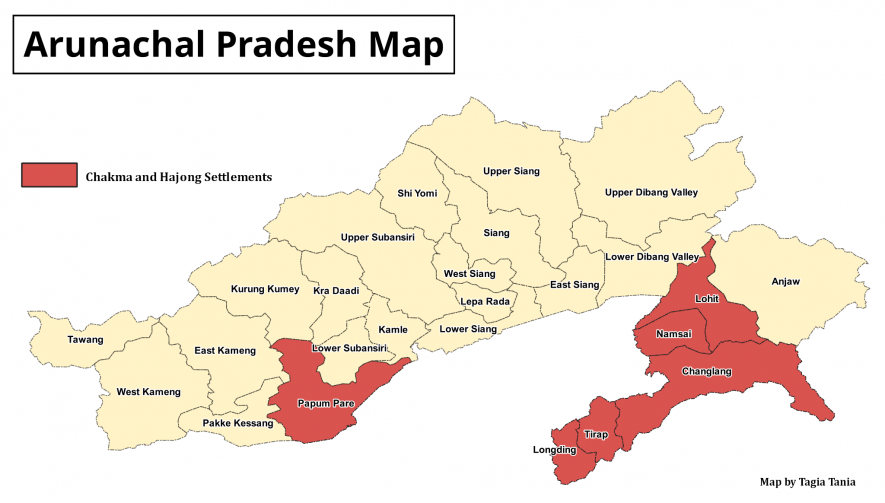
Until 1980, Chakmas and Hajongs could get government jobs, ration cards and access other rights and privileges like every Indian citizen. They were also given trading licences, agricultural assistance and so on. But their rights were taken away in the 1990s, and they were branded as illegal migrants. In September 1994, Gegong Apang, the then Arunachal Pradesh Chief Minister, tried to resettle members of these groups but was not successful.
Relief came in the form of the Supreme Court. In its judgment, dated January 9, 1996, the SC stated that “the State of Arunachal Pradesh, shall ensure that the life and personal liberty of every Chakma residing within the State shall be protected and any attempt to forcibly evict or drive them out of the State by organised groups, such as the AAPSU, shall be repelled, if necessary, by requisitioning the service of para-military or police force as is necessary to protect the lives and liberty of the Chakmas.”
The Supreme Court settled their citizenship issue in its 1996 judgment in the case of the NHRC vs State of Arunachal Pradesh. Still, successive state governments have refused to accept the judgment and have refused to implement it.
The state had seen a devastating protest on February 21, 2019, from the indigenous people during the Permanent Resident Certificate issue. The State government constituted a Joint High Power Committee (JHPC) to approve Permanent Resident Certificate (PRC) to six minor communities. The non-APST communities like Adivasi, Deori, Ahom, Kacharis, Mishing, Moran, Nepalese, Karbi, etc., reside in Lekang (Namsai Circle) Vijaynagar (Changlang district) were to be granted the Permanent Resident Certificate. Shortly after the announcement, violent protests broke out against this policy and the PRC process was put on hold. The protest resulted in the death of 3 protestors and considerable losses to public and private property.
The Chakma and Hajong issue is a time bomb that the state is unable to defuse. On the one hand, the indigenous people's fears about demographic change persist. On the other hand, people who have resided in Arunachal Pradesh for a long time now face the prospect of being made homeless.
Get the latest reports & analysis with people's perspective on Protests, movements & deep analytical videos, discussions of the current affairs in your Telegram app. Subscribe to NewsClick's Telegram channel & get Real-Time updates on stories, as they get published on our website.









